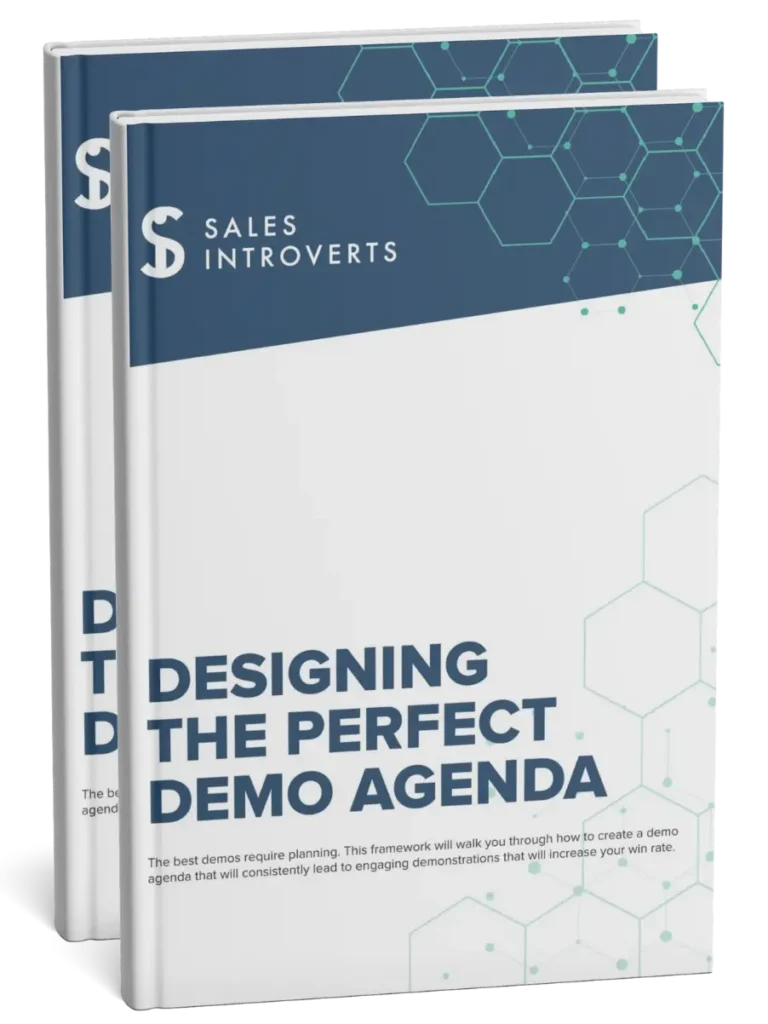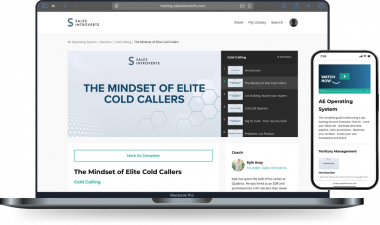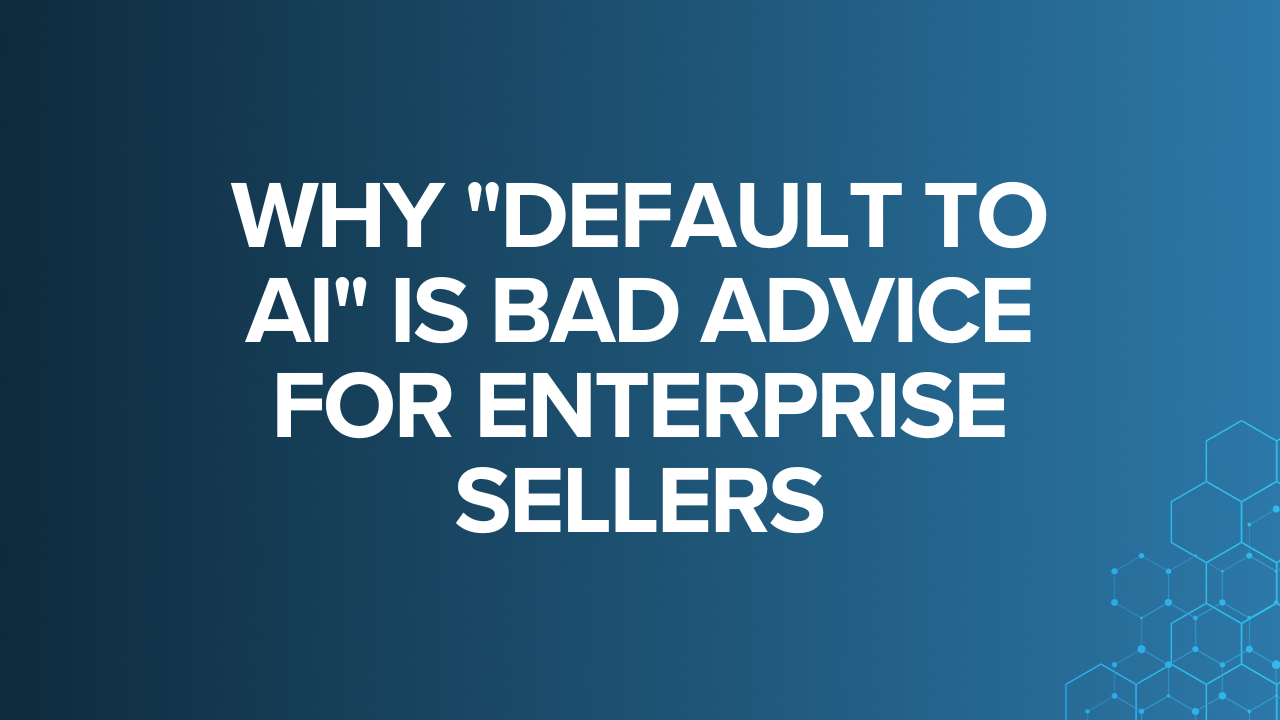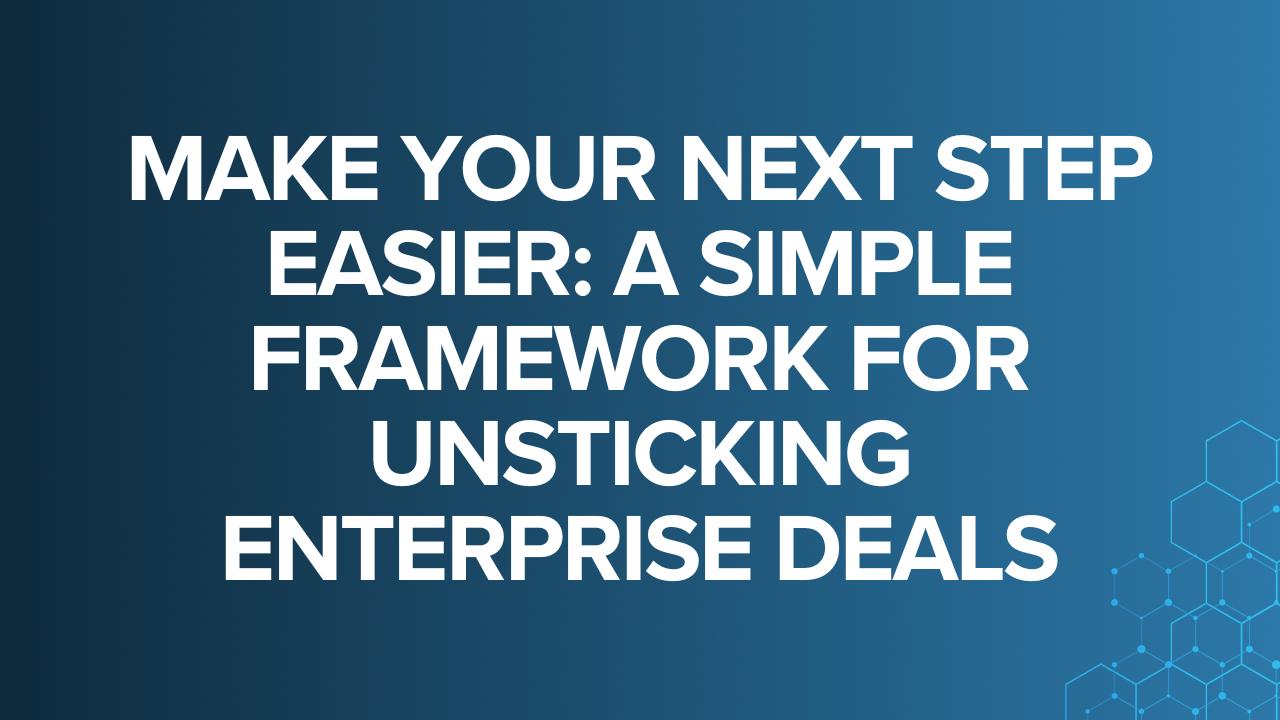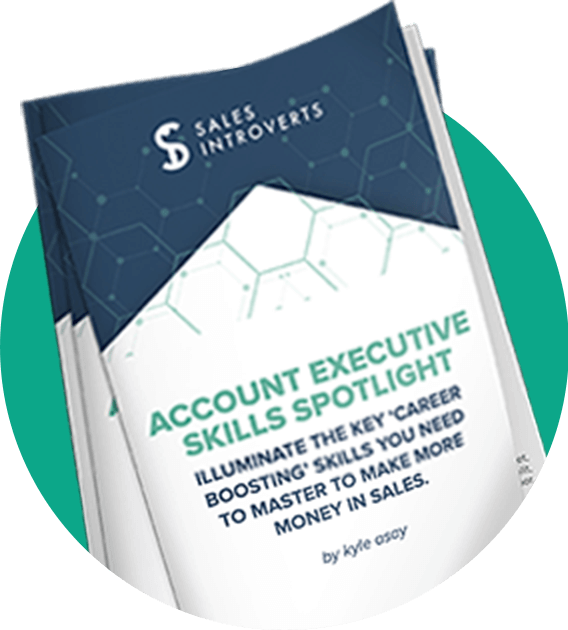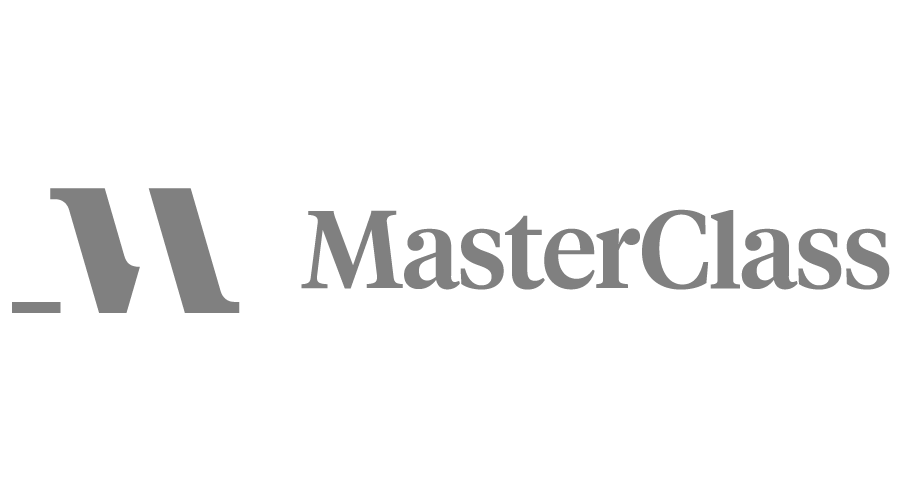“We’ll get back to you after we have our internal discussions” is a turning point in most deals. Most reps respond poorly, and it’s the first step towards losing the deal. This week, we’ll look at bad responses + a good response.
Then, since the good response requires work to execute, I’ll give you an AI prompt that will help you execute the play.
First, two bad (but common) responses:
1) “Sounds great – excited to hear from you!”
Gives up complete control to the buyer and you’ll end up sending several “any updates?” emails that feel gross to send and are annoying to read.
2) “I’d be a terrible sales rep if we didn’t put something on the calendar – especially since leadership will be asking. How about we throw something on and we can always cancel if we need to?”
My issues with this common approach:
1) It’s all about you
2) It seems weak – “I just want this in case my boss asks”
3) It shows you care more about checking the box with scheduling a meeting than actually having the meeting – “we can always cancel”
Do you want to come across as a selfish, weak, check-the-box seller?
Didn’t think so.
A good response opens up more discovery and allows you to suggest value-additive next steps:
“Makes sense – we’ve covered a lot, and we need to get the broader team up to speed.
Who will you be meeting with?”
“What do you imagine Mary, John, and Jake will be most excited about? Most concerned?”
“To make these conversations easier, I’ll build a quick summary for each of the people you’ll talk to, and I’ll tailor it to be specific to what they’ll care about.
Do you have 30 minutes Friday to review what I put together?”
This approach:
1) Adds value to the customer
2) Helps you maintain control of the deal
3) Gives you a reason to meet that actually makes sense
Bonus – if they respond with:
“No, let’s just connect over email” then you know you don’t have a deal – they weren’t going to have those conversations after all. They were just brushing you off.
At least you know where you stand and won’t waste time chasing.
Assuming they do agree to this next step, here’s an AI prompt that will turn your discovery transcript into a tailored business case – built for each stakeholder your champion wants to loop into the conversation:
Instructions: Copy/paste this prompt into your favorite LLM (I prefer ChatGPT’s o3 Model).
Replace all fields in { } e.g., {YourCompany}
Paste discovery call transcript at bottom within the <<< >>> as noted.
Prompt:
You are an expert sales enablement assistant.
CONTEXT Selling company: {YourCompany}
Prospect company: {TargetCompany}
This transcript is from a discovery call with {PrimaryCallPersona}.
I need concise briefs—1 page or less each—for these additional stakeholders: – {Persona1} (e.g., VP Product) – {Persona2} (e.g., VP Architecture) – {Persona3} (e.g., DevOps Manager)
GOAL Transform the raw call transcript into separate memos that speak each persona’s language, highlight what matters to them, and make it easy for my champion to circulate internally.
GUIDELINES 1. Pull only the points relevant to each persona’s goals, KPIs, risks, and initiatives. Phrase pain statements in the prospect’s own words where possible. Quantify impact or effort mentioned (cost, time, revenue, risk) even if approximate. Show how {YourCompany} maps to those pains/outcomes—no product dump. End with a persona‑specific next step or question that nudges the evaluation forward. Keep each memo scannable: headings + short bullets. No fluff, no jargon the persona wouldn’t use.
OUTPUT FORMAT
Memo for {Persona}
Top Objectives / KPIs
- …
Current Pains / Risks Heard
- …
Impact if Unresolved
- …
How {YourCompany} Helps
- …
Suggested Next Step
- …
<<< Paste full discovery call transcript here >>>
Here’s the output I got using this prompt on an anonymized discovery transcript:
Have a great week,
Kyle


